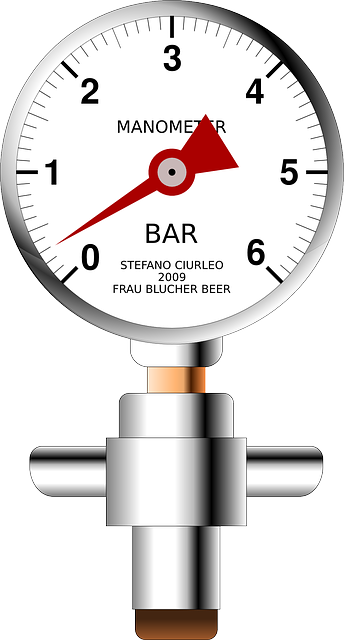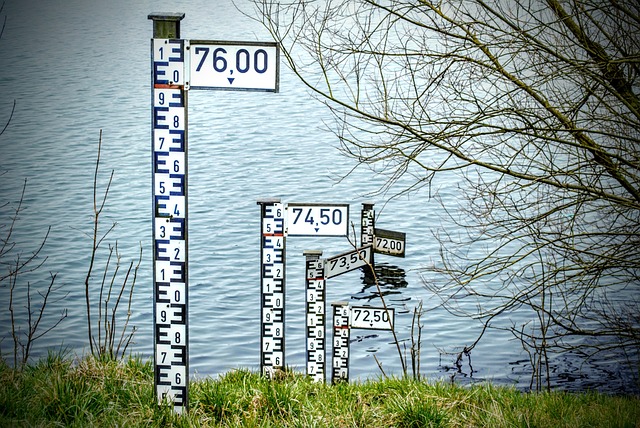Low water pressure in homes is primarily caused by clogged pipes from hair, soap scum, mineral buildup, and corrosion, leading to inefficient water flow and waste. Common culprits include leaky faucets, old plumbing systems, and hard water with high calcium and magnesium levels, forming scale inside pipes. Regular maintenance, flushing, and installing water softeners are effective solutions to prevent clogs and maintain consistent, robust water pressure in both residential and commercial settings.
Low water pressure can be a frustrating household issue, impacting daily tasks from showering to doing the dishes. Understanding the root causes behind this problem is essential for effective troubleshooting. This article delves into the common and unseen factors contributing to low water pressure, including clogged pipes, hard water, old piping, hidden leaks, and corroded main supply lines. By identifying these causes, homeowners can take informed steps to restore optimal water pressure.
- Common Household Issues Leading to Low Water Pressure
- – Clogged pipes and their impact on water flow
- – Hard water and mineral buildup
Common Household Issues Leading to Low Water Pressure

Low water pressure in your home can be a frustrating issue, often leading to less-than-satisfactory showers and inefficient cleaning. Several common household problems can cause this drop in pressure, turning what should be a simple task into a chore. Clogged pipes are one of the most frequent culprits; hair, soap scum, and other debris can accumulate over time, restricting water flow. Even small clogs can significantly reduce water pressure throughout your home.
Another significant cause is leaky faucets or pipes. These leaks may go unnoticed for long periods, quietly wasting precious water and weakening the overall water pressure in your house. Old plumbing systems are also prone to corrosion and mineral buildup, which can narrow the pipe walls, restricting water flow and reducing pressure.
– Clogged pipes and their impact on water flow

Clogged pipes are one of the leading causes of low water pressure in homes and buildings. Over time, mineral deposits, grease, and other debris can accumulate inside pipes, narrowing their interior diameter. This blockage obstructs the smooth flow of water, resulting in reduced pressure at taps and fixtures. The impact is particularly noticeable when multiple appliances or faucets are used simultaneously, as the limited water volume struggles to meet the demand.
When pipes become clogged, water has to travel a longer distance to reach its destination, leading to decreased pressure. This issue can be exacerbated by old plumbing systems or poor water quality, which contribute to faster clogging. Regular maintenance and cleaning are essential to prevent clogs and ensure optimal water pressure.
– Hard water and mineral buildup

Hard water, rich in minerals like calcium and magnesium, is a common culprit behind low water pressure. When water travels through pipes, these minerals can accumulate over time, forming a hard, gritty deposit known as scale. As scale builds up, it narrows the pipe’s interior, restricting water flow and reducing pressure. This is especially prevalent in areas with hard water sources, where even new fixtures can experience reduced pressure due to mineral buildup.
Regularly maintaining your plumbing system, including flushing and using water softeners, can help mitigate this issue. Identifying and addressing hard water problems early on is key to preventing more severe damage and ensuring consistent, strong water pressure throughout your home or commercial space.
Understanding the common causes of low water pressure, such as clogged pipes and hard water, is essential in effectively addressing this household issue. By recognizing these problems early and implementing appropriate solutions—like regular pipe maintenance and water softener systems—residents can restore optimal water flow throughout their homes. Knowing the root causes acts as a proactive measure, preventing future inconveniences and ensuring a steady, strong water pressure for daily use.
